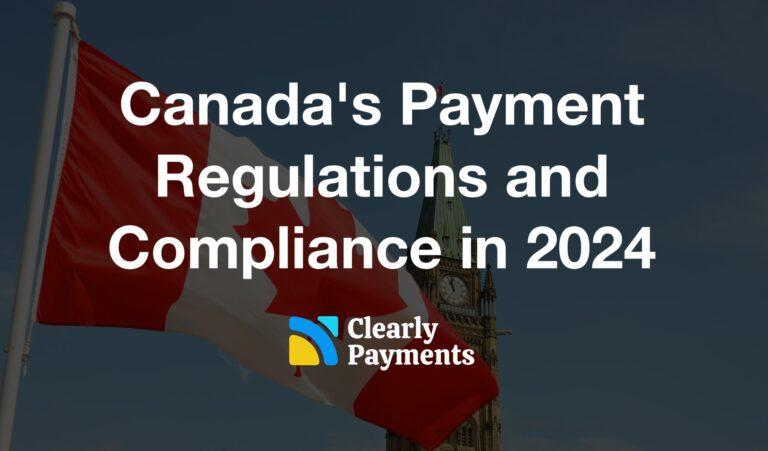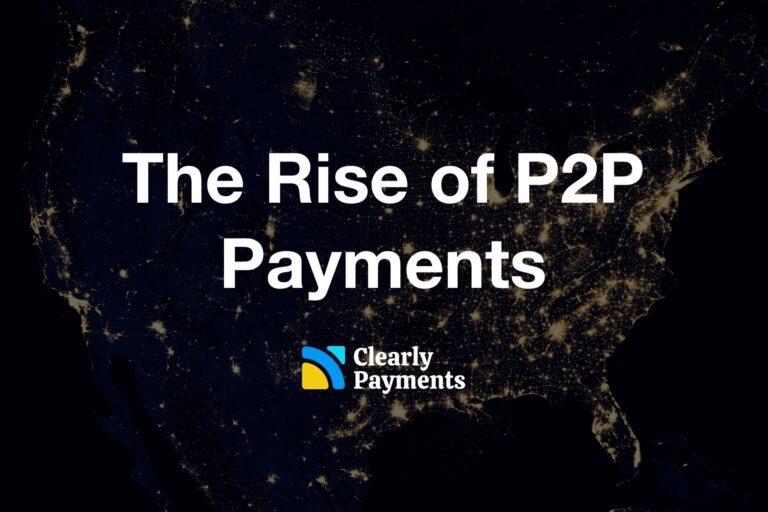Today’s financial and payments industry is getting much more advanced and complex. Preventing illicit activities such as money laundering, terrorist financing, and other fraudulent activities is of paramount importance. Anti-Money Laundering (AML) and Know-Your-Customer (KYC) regulations have emerged as crucial safeguards within the payments industry. Here we explain AML and KYC in payments, their significance, and the measures taken to ensure compliance. Also, here’s a payments industry overview for some background information.
What is Anti-Money Laundering (AML)?
Anti-Money Laundering refers to the set of regulations and procedures implemented by financial institutions and payment processors to detect, prevent, and report activities associated with money laundering. Money laundering involves disguising the origins of illegally obtained funds by making them appear legitimate. Criminals exploit the financial system by introducing illicit funds into legitimate channels, thereby enabling them to use the laundered money without raising suspicions.
AML measures primarily focus on identifying and mitigating the risks associated with money laundering, ensuring compliance with relevant legislation, and maintaining the integrity of the financial system. Financial institutions are legally obligated to establish robust AML frameworks, implement effective monitoring systems, conduct due diligence, and report suspicious activities to the appropriate authorities.
What is Know-Your-Customer (KYC)?
Know-Your-Customer refers to the process through which financial institutions verify and authenticate the identity of their customers. KYC procedures aim to establish the identity, legal status, and integrity of individuals or entities engaging in financial transactions. By conducting thorough KYC checks, financial institutions can assess the risk profile of their customers and ensure that they are not facilitating illicit activities.
KYC requirements typically involve the collection and verification of various customer information, such as identification documents, proof of address, and beneficial ownership details. Financial institutions employ a risk-based approach to KYC, meaning that the level of due diligence performed may vary depending on the customer’s risk profile. High-risk customers, such as politically exposed persons (PEPs) or those engaged in international transactions, require more extensive scrutiny.
AML, KYC, and underwriting in payments
The payments industry plays a critical role in the movement of funds, making it susceptible to money laundering and illicit financial activities. AML and KYC regulations are particularly important in payments to ensure transparency, accountability, and security. Payment service providers, including banks, money transfer operators, and digital payment platforms, are subject to stringent AML and KYC obligations to prevent their services from being exploited by criminals.
Payment providers are required to implement robust AML controls, including transaction monitoring systems, customer due diligence procedures, and reporting mechanisms for suspicious transactions. These measures help identify and flag potentially illicit activities, enabling timely reporting to the relevant authorities. By integrating AML, KYC, and underwriting practices into their operations, payment service providers contribute to the broader objective of maintaining the integrity of the financial system and combating money laundering.
Underwriting, an essential component of the sign-up process for a merchant account, involves assessing the creditworthiness and risk associated with a business. It ensures that the payment processor has sufficient information about the parties involved in the business, their financial history, and the nature of the transaction flows. In the underwriting process, acquiring banks manage the AML and KYC due diligence activities. Underwriting helps prevent fraudulent transactions, identify potential money laundering activities, and manage overall risk within the payments industry.
What underwriters actually do for AML and KYC
Due diligence for AML and KYC involves various procedures and checks to verify the identity, assess the risk, and monitor the activities of their customers. The specific due diligence measures varies depending on regulatory requirements and the risk profile of the customer. Here are some common practices involved in AML and KYC due diligence:
- Customer and Business Identification: Financial institutions collect and verify customer information to establish their identity. This typically includes obtaining copies of identification documents such as incorporation documents, passports, driver’s licenses, or national identification cards. The information provided by the customer is cross-checked against trusted sources to ensure its authenticity.
Beneficial Ownership: Financial institutions determine the beneficial owners of a customer, especially in the case of legal entities such as companies or trusts. This involves identifying the individuals who ultimately own or control the customer and assessing their potential risk factors.
Risk Assessment: A risk-based approach is used to assess the level of risk associated with a business. Factors considered include the business model, country of residence, business activities, and transaction history. Higher-risk businesses from jurisdictions with a higher prevalence of financial crime undergo more rigorous due diligence.
Enhanced Due Diligence (EDD): In cases where higher risks are identified, enhanced due diligence measures are implemented. This may involve conducting additional background checks, verifying the source of funds, assessing the customer’s reputation, and monitoring their transactions more closely. EDD is particularly important for customers with complex ownership structures or those involved in high-value transactions.
Ongoing Monitoring: Financial institutions continuously monitor customer transactions to identify any unusual or suspicious activities. Transaction monitoring systems analyze patterns and behaviours, flagging transactions that deviate from the customer’s normal behaviour or fall under predefined risk thresholds. Any suspicious transactions are further investigated and reported as required by AML regulations.
Reporting Suspicious Activities: Financial institutions have a legal obligation to report any suspicious activities to the relevant authorities. This includes transactions that raise reasonable suspicions of money laundering or terrorist financing. Reporting mechanisms are in place to ensure that such activities are promptly identified and reported, contributing to the collective effort to combat financial crime.
Record-Keeping: Financial institutions maintain comprehensive records of customer due diligence procedures, transaction details, and any suspicious activity reports. These records serve as evidence of compliance with AML and KYC regulations and are made available for regulatory audits or investigations.
It’s important to note that the specific requirements and procedures varies across jurisdictions and financial institutions. However, the underlying principle remains consistent: conducting due diligence to mitigate the risk of money laundering, terrorist financing, and other illicit activities, while ensuring compliance with AML and KYC laws and regulations.
Who sets the regulations for AML and KYC?
AML and KYC regulations are set by governmental bodies and regulatory authorities at the national and international levels. The Financial Action Task Force (FATF) develops international standards and recommendations for combating money laundering and terrorist financing.
Financial regulatory authorities within each country, such as central banks and financial services authorities, play a crucial role in establishing and enforcing AML and KYC regulations. National legislation and legislative bodies also contribute to the AML and KYC regulatory framework such as:
- United States: Office of the Comptroller of the Currency (OCC)
- Canada: Office of the Superintendent of Financial Institutions (OSFI)
- United Kingdom: Financial Conduct Authority (FCA)
- European Union: European Banking Authority (EBA)
Additionally, international organizations, industry associations, and self-regulatory organizations provide guidance and promote effective AML and KYC measures. Financial institutions and payment processors are responsible for implementing and complying with these regulations, subject to audits and inspections by regulatory authorities.
Innovation in AML and KYC
Advancements in technology have significantly impacted the AML and KYC landscape within the payments industry. Automation, data analytics, and artificial intelligence (AI) have enhanced the efficiency and effectiveness of AML and KYC processes. These technologies enable the rapid analysis of large volumes of data, allowing for real-time monitoring, identification of patterns, and detection of suspicious activities.
Additionally, innovative solutions such as biometric authentication, digital identity verification, and blockchain-based systems have emerged to streamline KYC and underwriting procedures. These technologies offer enhanced security, reduce the risk of identity theft, and provide a seamless customer experience while maintaining compliance with AML regulations.
The Importance of Collaboration
Given the complex nature of financial crime, collaboration between financial institutions, regulatory authorities, and law enforcement agencies is crucial. Sharing information and best practices can lead to more effective AML, KYC, and underwriting frameworks.
International cooperation among jurisdictions is particularly significant as money laundering often involves cross-border transactions. Information sharing platforms and regulatory initiatives facilitate cooperation, allowing for the timely detection and prevention of money laundering activities.




